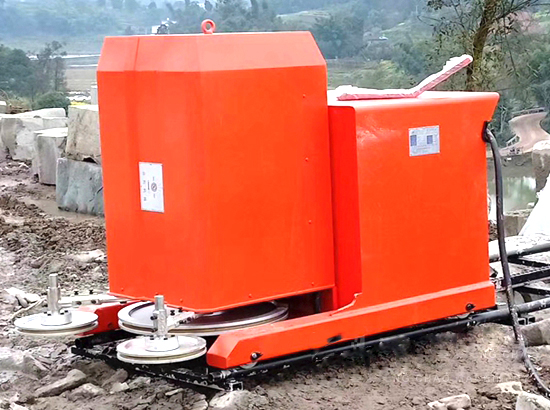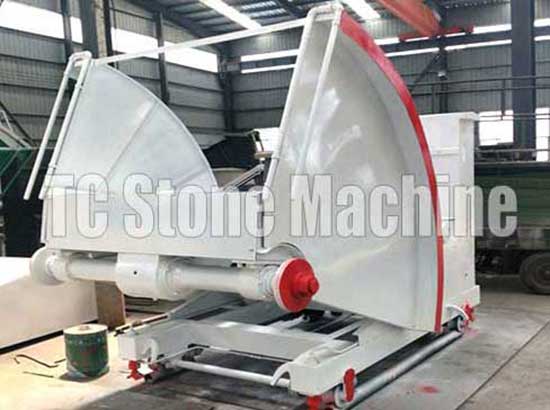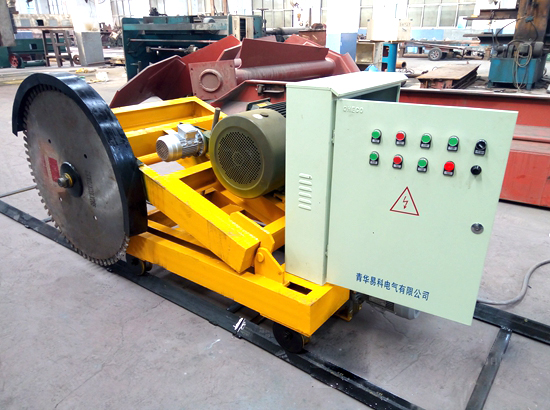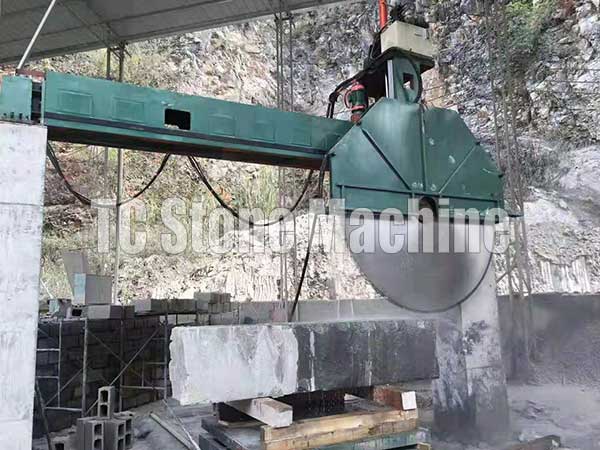Marble Cutting Machine Blade
Marble Cutting Machine Blade: What You Need to Know
Marble cutting is a delicate and intricate process that requires skilled artisans and advanced tools. Among the most crucial tools required for marble cutting is the diamond blade used in cutting machines. In this article, we’ll explore everything there is to know about marble cutting machine blades, including their types, applications, properties, and maintenance.The Types of Marble Cutting Machine Blades
There are three primary types of diamond blades used in marble cutting machines, including segmented, continuous rim, and turbo. Here’s a closer look at each type:Segmented Blades
Segmented blades feature a series of individual teeth, usually divided by slots or segments, hence the name segmented. The teeth or segments allow the blade to cut through dense and hard materials, including marble, granite, and concrete. They’re the most commonly used blade type in marble cutting machines and deliver a clean and fast cut.Continuous Rim Blades
Unlike segmented blades, continuous rim blades have a smooth, seamless rim that provides a consistent and precise cut. They’re ideal for cutting thin marble slabs, and their non-segmented design creates a smooth edge without chipping or crashing.
Turbo Blades
 Turbo blades feature an innovative design that combines the features of segmented and continuous rim blades. They have a serrated rim with a continuous edge around the blade, making them ideal for cutting different stone types and thicknesses. Turbo blades can cut through tough materials, including marble, with ease.
Turbo blades feature an innovative design that combines the features of segmented and continuous rim blades. They have a serrated rim with a continuous edge around the blade, making them ideal for cutting different stone types and thicknesses. Turbo blades can cut through tough materials, including marble, with ease.
The Applications of Marble Cutting Machine Blades
Marble cutting machine blades are essential tools that find use in different applications, including:Construction
Marble cutting machine blades are widely used in construction for cutting, shaping, and profiling marble and other stones used in building structures.Sculpture
Marble has long been a popular medium for sculpture, and sculptors rely on marble cutting machine blades to achieve their intricate designs and patterns.Flooring
Marble floorings add a touch of elegance to any room or building, and marble cutting machine blades are indispensable tools in cutting and shaping marble floor tiles.The Properties of Marble Cutting Machine Blades
Marble cutting machine blades need to have specific properties to deliver the best cutting performance. Here are some of them:Diamond Grit Size
The diamond grit size of a blade determines its cutting speed and quality. Blades with large diamond grit sizes cut faster but leave rougher cuts, while blades with smaller diamond grit sizes cut slower but deliver smoother cuts.Blade Hardness
 The blade hardness determines its lifespan and durability. Hard blades last longer but are more brittle and prone to breaking, while soft blades have short lifespans but are more flexible and less likely to break.
The blade hardness determines its lifespan and durability. Hard blades last longer but are more brittle and prone to breaking, while soft blades have short lifespans but are more flexible and less likely to break.
Blade Thickness
The blade thickness determines the blade's stability and ability to withstand pressure and heat during cutting. Thicker blades are more stable and can withstand higher pressures and heat.The Maintenance of Marble Cutting Machine Blades
To maintain optimal cutting performance and prolong a blade's lifespan, it's essential to take proper care of it. Here are some maintenance tips:Clean the Blade
After every use, clean the blade using a soft brush and water. This helps remove any debris or contaminants that could affect the blade's sharpness.Store the Blade Properly
Always store the blade in a dry and clean place to prevent corrosion and rust.Sharpen the Blade
Sharpen the blade often using a sharpening stone or other suitable tool to restore its sharpness and extend its lifespan.Conclusion
Marble cutting machine blades are essential tools that are crucial in cutting, shaping, and profiling marble and other stones used in construction, sculpture, and flooring. Knowing the types, properties, applications, and maintenance of these blades is essential in ensuring optimal cutting performance and prolonging their lifespan.Request for Quotation
[contact-form-7 id="59" title="Contact form 1"]




